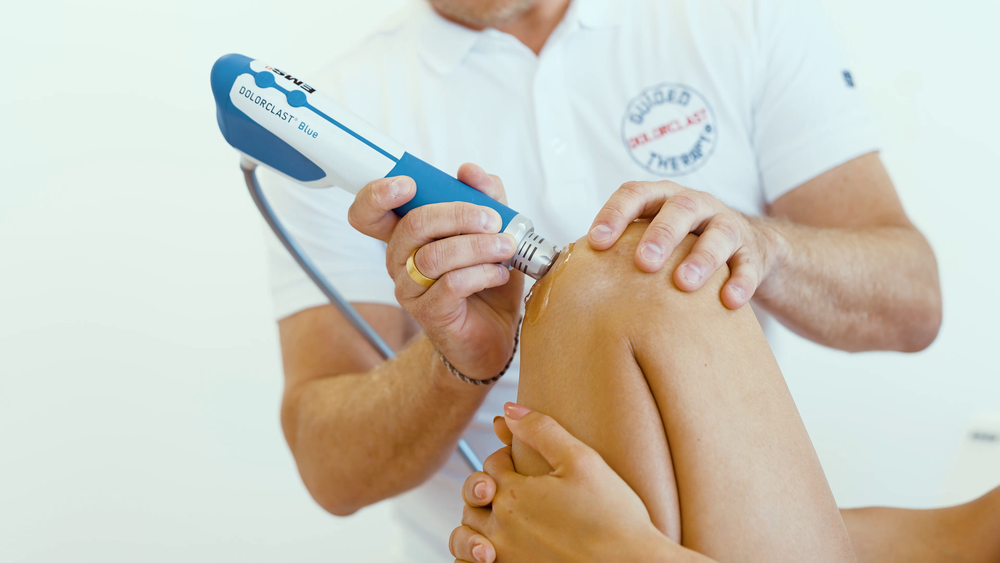1. Prevents Falls: Good balance helps prevent falls, especially in older adults, reducing the risk of injuries and fractures.
2. Improves Posture: Maintaining proper balance helps improve posture and alignment, reducing strain on muscles and joints.
3. Enhances Stability: Strong balance enhances stability and coordination, making everyday tasks easier and reducing the risk of accidents.
4. Supports Mobility: Good balance supports mobility and agility, allowing individuals to move with ease and confidence.
5.. Boosts Athletic Performance: Improved balance enhances athletic performance in various sports and physical activities, leading to better outcomes and reduced risk of injury.
6. Promotes Mental Focus: Balance exercises require concentration and focus, which can help improve mental clarity and reduce stress.
7. Strengthens Core Muscles: Balancing exercises engage core muscles, leading to a stronger core and improved overall strength.
8. Enhances Quality of Life: Better balance leads to increased independence, confidence, and overall quality of life.
By incorporating balance exercises and activities into your routine, you can improve your overall health, reduce the risk of falls and
injuries, and enhance your overall quality of life. Balance truly is the foundation of a healthy and active lifestyle!
Balance plays a critical role in athletic performance across various sports and activities. Here are some ways in which balance contributes to athletic performance:
1. Stability and Control: Good balance enhances stability and control, allowing athletes to maintain proper body positioning during movements, maneuvers, and transitions.
2. Coordination: Balance is essential for coordinating movements and actions, enabling athletes to perform complex skills with precision and accuracy.
3. Agility and Quickness: Improved balance enhances agility and quickness, enabling athletes to change direction, accelerate, and decelerate efficiently.
4. Injury Prevention: Strong balance helps prevent injuries by reducing the risk of falls, slips, and missteps during athletic activities.
5. Power and Strength: Balance training can enhance overall power and strength by engaging stabilising muscles and improving muscle coordination.
6. Performance Efficiency: Improved balance leads to better movement efficiency, allowing athletes to perform skills and techniques more effectively and with less effort.
By incorporating balance training and exercises specific to their sport or activity, athletes can enhance their overall performance, reduce
the risk of injuries, and achieve their full potential. Balance truly is a fundamental component of athletic success!
Balance plays a crucial role in injury prevention in sports by enhancing stability, coordination, and overall body control. Here are some ways in which balance contributes to injury prevention in sports:
1. Joint Protection: Strong balance helps distribute forces evenly across joints, reducing the risk of excessive stress on specific areas and decreasing the likelihood of overuse injuries.
2. Muscle Coordination: Balance exercises engage stabilising muscles and improve muscle coordination, enhancing joint stability and
reducing the risk of strains and sprains.
3. Proprioception: Balance training improves proprioception, the body's awareness of its position in space, which helps athletes react
quickly to changes in terrain or opponents, reducing the risk of sudden movements that can lead to injuries.
4. Neuromuscular Control: Improved balance enhances neuromuscular control, the communication between the nervous system and muscles, which can help athletes react more effectively to unexpected movements or external forces, reducing the risk of injury.
5. Functional Movement Patterns: Balance exercises promote functional movement patterns that mimic athletic skills and movements, helping athletes develop the strength and coordination necessary to perform these activities safely and efficiently.
By incorporating balance training into their regular routine, athletes can improve their overall stability, coordination, and body control,
reducing the risk of injuries and enhancing their performance on the field or court. Balance truly is a key component of injury prevention
in sports!
Balance training plays a crucial role in the rehabilitation process during injury recovery by helping individuals regain strength,
stability, and function following an injury. Here are some ways in which balance training aids in the rehabilitation process:
1. Restoring Proprioception: Balance training improves proprioception, which may be compromised after an injury. By retraining
proprioception through balance exercises, individuals can regain a sense of balance and body control.
2. Strengthening Stabilising Muscles: Balance exercises target stabilising muscles that may have weakened or atrophied due to injury and immobility. By strengthening these muscles, individuals can enhance joint stability and support, aiding in the recovery process.
3. Improving Coordination: Balance training promotes coordination between muscles and joints, helping individuals regain smooth and efficient movement patterns that may have been disrupted by injury.
4. Increasing Range of Motion: Balance exercises often involve dynamic movements that can help improve flexibility and range of motion in joints affected by injury. This can aid in restoring normal movement patterns and preventing stiffness.
5. Building Confidence: Balance training can help individuals build confidence in their injured limb or body part, as they gradually regain strength and stability through targeted exercises. This confidence can be crucial for overcoming fear of re-injury and returning to physical activities.
6. Overall Fitness and Well-Being: Balance training is a low-impact form of exercise that can be beneficial for overall fitness and well-being during the rehabilitation process. It can help maintain cardiovascular health, improve mood, and prevent deconditioning while recovering from an injury.
By incorporating balance training into their rehabilitation program, individuals can enhance their recovery process, improve functional outcomes, and reduce the risk of future injuries. Balance truly is a valuable tool in promoting healing and restoring function after an injury.
Why not try out 10-20 second challenge and see how long you can last? No holding onto anything!
Add this to your daily routine and watch your stability and confidence soar!

Blog
Self-compassion course: learn practical skills to silence self-criticism, boost motivation and heal after surgery or injury

Blog
Nikos takes a look at how Extracorporeal Shockwave Therapy (ESWT) stands out as a revolutionary treatment and has transformed how Physiotherapists approach various musculoskeletal conditions.

Are you ready to have a chat with our team to discover how we can help you achieve a better quality of health, fitness and well-being?
Book a physiotherapy appointment with our team and start the journey to creating the perfect treatment plan for your issue, your lifestyle
and your goals.